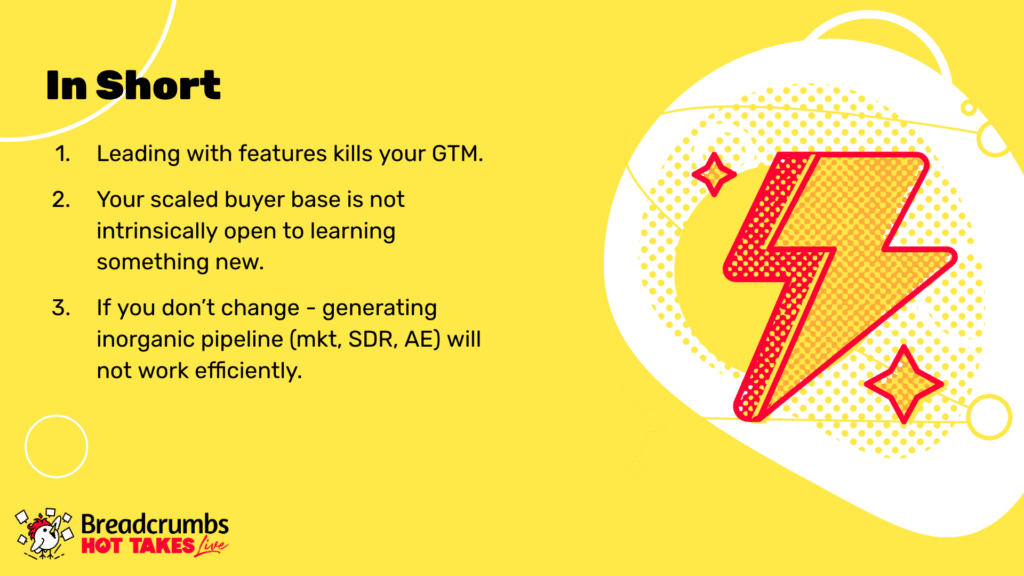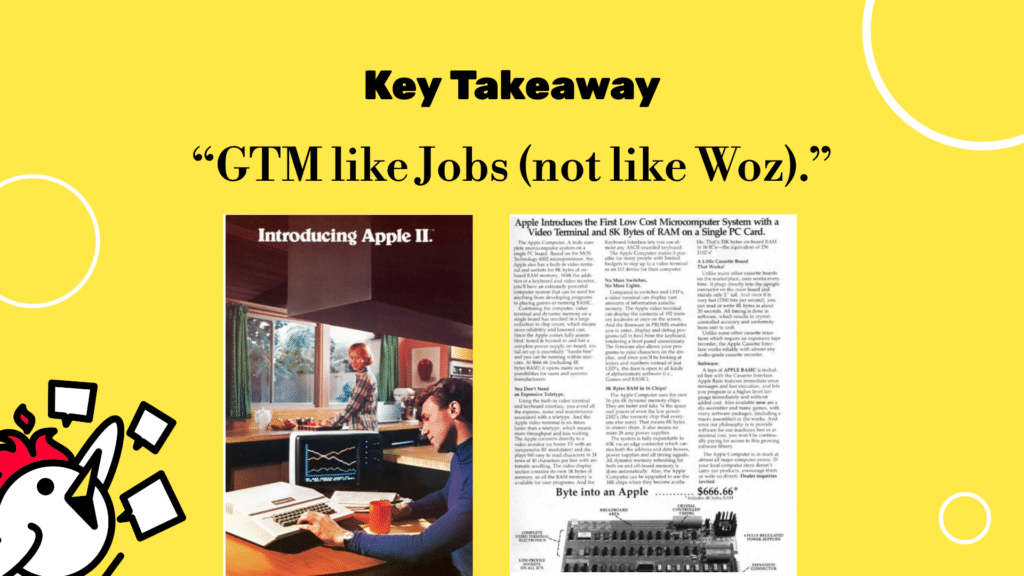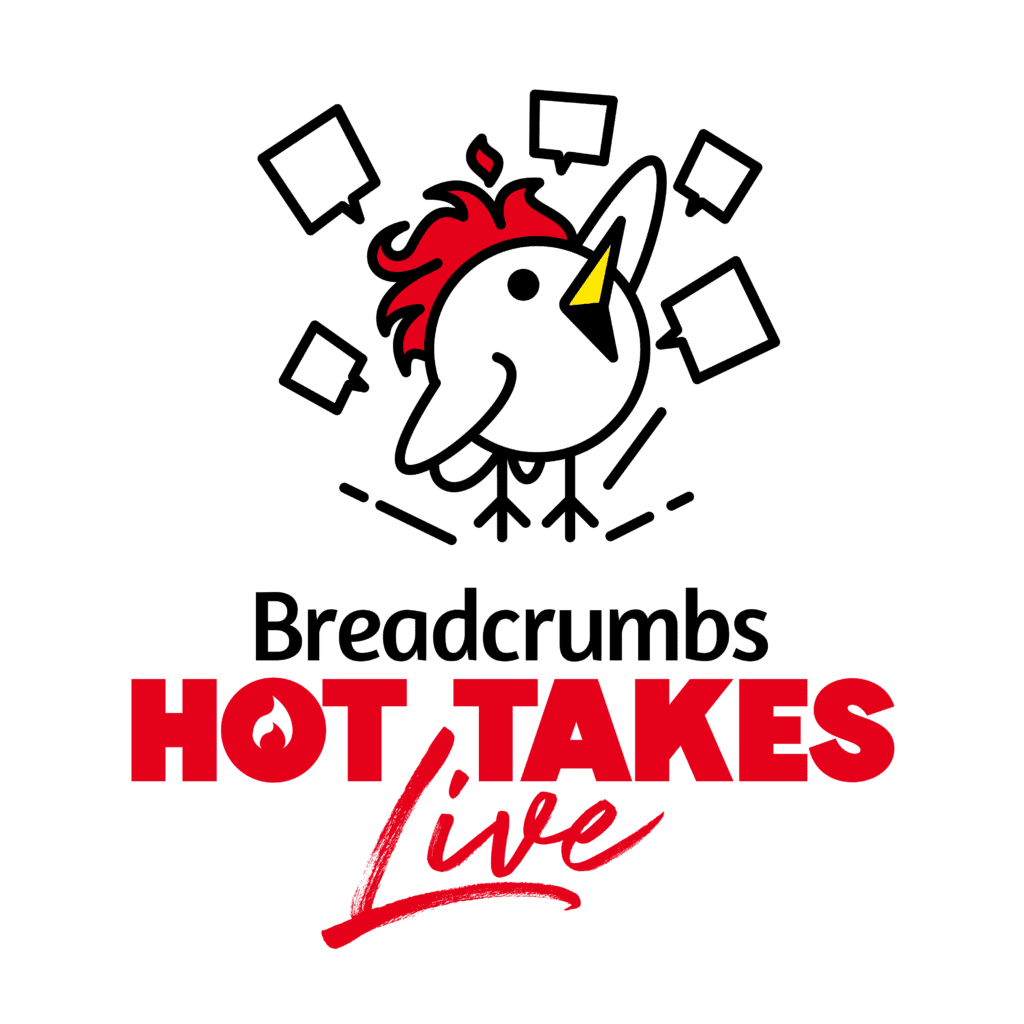

Unkover your competitors’ Marketing Secrets
Say goodbye to wasting hours on competitor analysis by equipping your team with an AI-driven, always-on competitive intelligence platform.


Say goodbye to wasting hours on competitor analysis by equipping your team with an AI-driven, always-on competitive intelligence platform.

Stay Ahead with AI-DRIVEN Competitive Intelligence
Unkover is your AI-driven Competitive Intelligence team delivering critical updates about your competitors the moment they happen:
Track your competitors website changes
Why spend all day stalking the competition when you don’t have to?
With Unkover, you’ll know instantly when your competitors tweak their messaging or shake up their pricing. No more endless scrolling through their sites or second-guessing your strategies.
Let us do the heavy lifting for you, ensuring you’re always in the loop by notifying you the moment a critical change happens on your competitor’s pages.
Sit back, relax, and keep winning—Unkover makes sure you’re not just in the game, you’re always a step ahead.


Read your competitors emails
Companies love updating their customers and prospects about relevant news, product updates, and special offers.
That juicy info from your competitors? It’s yours too. Unkover will automatically capture all their emails and bring them right to your doorstep—accessible to your entire team, anytime.
[COMING SOON: Our fine-tuned AI will sift through these emails, extract key information and send them over to the best team within your org. Less noise, more signal!]
We hear you! Unkover’s goal is not to flood you with tons of data points that no one in your team will ever read. We gather competitive intelligence from thousands of data sources and use AI to highlight actionable information to the right team in your company.
Say goodbye to noise. We’re 100% signal.
ROADMAP
We’re excited to get Unkover in your hands as soon as possible and keep building the best competitive intelligence tool with your precious feedback. The roadmap for the next few months is already exciting, so take a look!
While we build and deliver, here’s our promise to you: as an early tester and customer, you’ll lock in an exclusive bargain price we’ll never offer again in the future.

Spy on your competitors’ full marketing strategy: social, ads, content marketing, email flows, and more.

Track competitive Win/Loss analysis and build battle cards. Get alerted at every pricing change.

Get immediate alerts when competitors announce new features or major releases. Identify strengths and weaknesses from online reviews.

Get the competitive intelligence you need where you need it: Slack, eMail, MS Teams, Salesforce, Hubspot, Pipedrive and more.
slack integration
Unkover’s Slack integration lets you keep your whole team up to speed with your competitors’ updates.

Join now to lock in an exclusive 50% lifetime discount
For startups and small teams, it’s the essential toolkit you need to keep an eye on a select few competitors.

Up to 5 competitors

50 pages monitored

10 email workflows

3-day data refresh
$39
/per month
$ 79
50% discount
Billed annually
For growing businesses, it allows you to monitor more competitors, pages, and email workflows.

Up to 10 competitors

100 pages monitored

20 email workflows

1-day data refresh
$79
/per month
$ 159
50% discount
Billed annually
For large companies, it is tailored to meet the needs of multiple teams needing granular insights.

Custom number of competitors

Custom number of pages monitored

Custom number of email workflows

Hourly data refresh
Custom price
Billed annually

Picture this: you’re a founder, have product-market fit, and are scaling. Suddenly outbound stops, SDRs are no longer efficient, inbound leads are no longer valuable, and you can no longer create revenue flywheels.
What now? Pivot your go-to-market strategy!
In this session, Sam Isaacs, Owner of Elevate PLG, highlights the importance of creating awareness through scaled campaigns and eliciting buyer emotions before solution sales, including examples demonstrating how leading on features is not always the most effective approach.
Armando Biondi
We are excited about your session; it will be about “People care less about you than you think,” now I want to hear it.
Sam Isaacs
Well, I have good news for you. I’m about to talk about that for about 10 minutes to you and our Ops friends!
Armando Biondi
The stage is yours.
Sam Isaacs
Well, I can’t see everybody, I know you all can see me, and you can see my slides, so I’m really excited to speak to you all about my hot topic that people actually care less about you than you think and how you can apply that operationally and strategically, and influence marketing, sales, and other go-to-market teams. In that, you’re more of an influencer role in Ops.
Just a little bit about me. I previously was the first sales operations hire at Dropbox; I built Quora from 9 to 60 million dollars in revenue, recently I built a book of business at Podium from 9 million to 39 million. I’m very much a generalist, so I came up in Sales Ops and pivoted over into sales and marketing. Still, I’ve always retained that data-driven operational mentality since my Dropbox days.
A fun fact about me is when I left for college, I’m the oldest okay, and I realized Yogi the dog showed up. I started realizing this pattern when my three younger sisters were replaced with a puppy as they left for school. And now, when we go home, it’s a very, very full house in that my mom has four dogs so that held true all the way through.
Enough about me; let’s talk about the topic at hand. So I recently pivoted and started my own go-to-market consulting business for early-stage founders and, in working with them and also in my time at Dropbox, Quora, and Podium, I identified one really key go-to-market pitfall that brings together founders and early stage. Whether it’s seed establishing early product-market fit, whether you’re B or C and you’re in your growth stage.
So there’s this one strategic go-to-market pitfall. You’re surrounded, at the very beginning, by your earliest customers and your investors. Those people will love you most; they’re attracted to you before you have that full product suite, and they’re just different human beings.
And you have product-market fit, you’re scaling, and I know in Ops you guys have all heard this story, all of a sudden outbound stops, SDRs are no longer efficient, inbound leads are no longer efficient, and we can no longer create revenue flywheels.
That point of inflection happens at different times for different companies based on their overall TAM and trajectory, but I see it happen in 80-90% of the companies that I’ve been working with.
And what is that key mistake? You build your go-to-market strategy and everything around it based on a bit of an echo chamber, and you start leading with features, why your product is better than all the other products.

But the thing that I realized is after your first movers, the skilled buyer base that you’re going to need for growth, they don’t care. They are not open to learning something new, just like 99% of any other human being.
That’s not going to be your early adopter, and the thing is, from a strategic perspective, if you don’t pivot your entire go-to-market, your inorganic pipeline is not going to work once you hit this point of inflection.
I’m not saying, you switch this and you win. What I am saying is this is the number one key mistake where I see fantastic products with good product-market fit solving a good problem fail because of the go-to-market.
So what does this mean in practice? Reverse your approach; think about the humans that use your product, not the product itself. That sounds very salesy and very marketing.
In practice, as Ops humans, how can we help?
First of all, you can initiate scaled awareness campaigns before all one-to-one human interactions, bringing it down to a unit economic Sales Ops perspective. If we need to generate awareness and elicit emotion from this scaled user base, then it is no longer ROI positive for an SDR to call into somebody that has no idea who we are.
So you see how I’m relating it back to building a strategic go-to-market plan. A very tactical example is to create that awareness in the market, we need to make sure that we have these scaled campaigns before anybody calls in.
Another thing that you can do on the Ops side is to create a pre-sales process to elicit buyer motion before solution sales, and I’ll show you what that looks like.

I love this. So on your right, you see Apple I’s first go-to-market. They led on features, and anybody that went to go buy an Apple had to know many of these technical features, especially back then. Apple I sold 200 units.
The thing that I see is many of these founders don’t have a Jobs pivoting their go-to-market.
And you see on the left introducing Apple II. It elicits emotion, we have a photo of a person being who they want to be using the product, and that is how you open up someone’s mind by teaching them someone new.
From an Ops perspective, it’s just like extraordinarily important as you’re figuring out where to resource, that you were thinking about this, that you absolutely cannot go out to the market as you scale, if that makes sense.
It’s a super broad topic I’m really really really passionate about it. Most of the websites that I go to, I’m really just seeing a solution sale, and it’s just not going to work. And so with that, I’ll kind of pause it and go to Q&A.

Hot Takes Live
Replays
Catch the replay of Hot Takes Live, where 30 of the top SaaS leaders across Marketing, Sales, and RevOps revealed some of their most unpopular opinions about their niche.
These leaders shared what lessons they learned and how they disrupted their industry by going against the grain (and achieved better results in the process).
Armando Biondi
Love it, Sam. Thank you so much. A couple of reactions from my side. I love the part where, and we constantly see it, things start to get going, and then most founders, and more companies think about their next phase as a product-first type of approach. And so they start adding new features or new products, and go-to-market doesn’t really follow the same way or too much.
One of the things that I often say, the spirit of these Hot Takes, is things you say over and over again, mildly annoyed by the fact that you have to say them one more time.
This idea of great products with an okay go-to-market versus great go-to-market with an okay product, and most of the time, would you agree on the fact that great go-to-market, okay product wins on great product, okay go-to-market?
Sam Isaacs
I mean, it depends on the industry. Still, I think what I can say without a doubt is there are way too many incredible products that fail, that are solving really, really good problems, tremendous ROI, because of that echo chamber type of go-to-market, you can’t build a flywheel because you index so much on your first unscalable sales.
Armando Biondi
Right, and companies competing on features versus competing on being memorable and really conveying the value that you can provide to your ideal customer profile.
Sam Isaacs
Yeah, and I think we need to do is create an ability in a human’s mind so that they are open to learning something new. Like 90% of us are not open to learning something new, so when I flash that picture of all those features, you just be like, “Ugh, another sales rep.”
It’s like a really good sales rep; the reason they need solutions is that they’re not actually selling solutions, they’re figuring out what pain is causing for that human being, and they’re driving that home before they even show the product.
I used to coach my sales team with, “You should be able to close this; this product’s so good you should be able to close without a demo and purely on emotion.” So that’s really what I’m getting at, if you can’t create emotion as Jobs did for Woz, then you could have the best product in the world, literally Apple, and it could only sell 200 units, such a bummer that most founders don’t have a Steve. I guess they’re both Steve, you know what I mean, don’t have a Jobs.
Armando Biondi
Levels to unpack there. There is the product versus solution, which is already a nuance that not everyone gets. The fact that you’re not selling a product, you’re not selling a feature, you’re selling a solution to a problem. Then you’re not even selling the solution to a problem; you’re selling the emotional reaction that that solution will elicit.
Sam Isaacs
If I am selling PLG software to accountants, I want them to realize that if I solve their problem, without even knowing what my solution is, they’re going to go home earlier, then their monthly close is going to be faster, they’re going to be a better wife to their husband. I want to make them emotional, and then I want a solution sell.
And if you understand that in Ops because you’re in charge of the budget, you can make sure that that awareness and that emotion is created from a budgetary perspective. That’s not on you to execute, but at the same time, if you’re going to go out and you say, “We need outbound pipe,” and then you’re just gonna ramp up 30 SDRs, you’re going to fail so hard.
Armando Biondi
Right, yeah, because that’s the other side of the equation. This is the Ops track we talk about from product to solution from the motion the solution elicits, but how do you operationalize that in a way that happens all the time?
Sam Isaacs
Well, I think it depends on function, but I can give you an example. I had to hire 300 Gen Z sales reps that have never sold before in the last two years. And what we implemented was called guided selling. When you open the sales deck, the first question would be, “Starting a local business is hard; tell me about why it’s hard for you.”
That freaking simple. And then the next slide was, “How is starting a local business hard today? Why is it harder than it’s been before?” and then the next slide was literally, “Do you want more customers? Do you want to be more efficient, or do you want to stay the same?” and then they would click on whichever the customer said and that would set up the right feature sale.
But the point of the matter is if we just started talking about “Hey, here’s how many new customers you get, here’s the ROI,” before we started identifying what’s hard about your business, what sucks, they won’t listen to us. That’s really the key; how do you elicit awareness at scale?
It’s also the reason, for example, why expansion AEs are totally different than net-new AEs because they don’t have to do that. The information is already elicited by demonstrable usage of the product, so all they have to do is identify use cases and expand. Net-new is just a different beast.
Armando Biondi
Yeah, interesting. Talking about emotions, one last question. Emotions speaking, is there an emotion that’s better than another or not?
Sam Isaacs
Yes, but it depends on your product. There are so many emotions that you can elicit. At Dropbox, we elicited fear. We said, “We have X number of individuals using your product, and it might be pictures of their cat and Justin Bieber or their fiscal close.” And so we would ask him, what would happen if somebody got that Dropbox? And then what would happen after they open, and then, they’re just like, “Okay, what do you have?”.
There are many different emotions you can elicit, but what’s most important is that you elicit one because we, as human beings, make all decisions based on emotion. Then we very quickly reconcile that with fact, and we don’t even realize that we do. And if you don’t get somebody emotional, they won’t be open to learning something new and reconciling with fact, and that key point is everything after you reach the product-market fit.
Armando Biondi
Yeah, I love this so much, Sam. It’s good food for thoughts for the audience for sure, and also, happy to continue the conversation afterward.
Thanks for watching, everyone. Sam, I very much appreciate your time.
Sam Isaacs
Absolutely, and as an Ops person who transitioned over into marketing and sales, I hope I provided a little bit of different flair to how Ops can contribute and win.